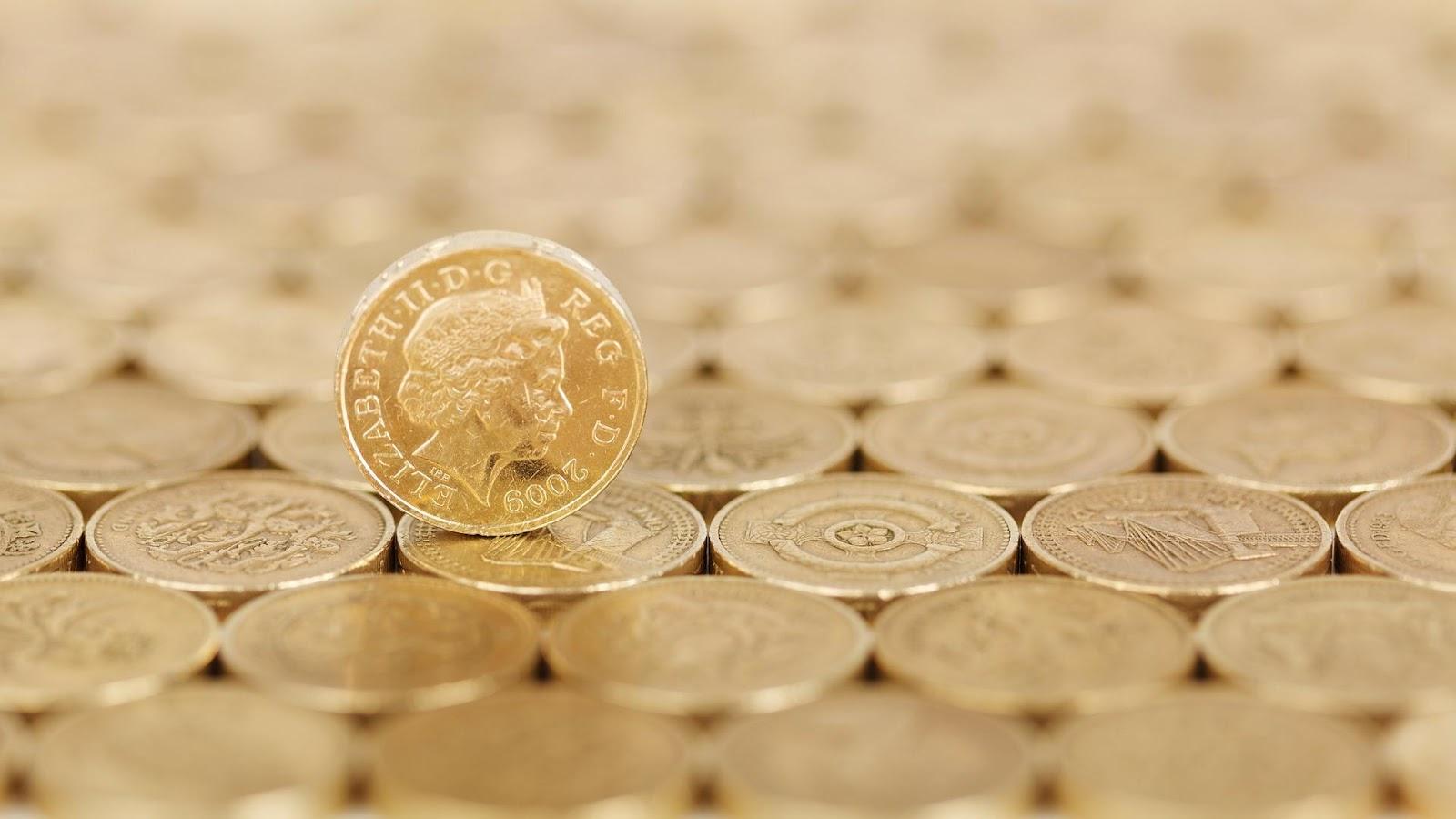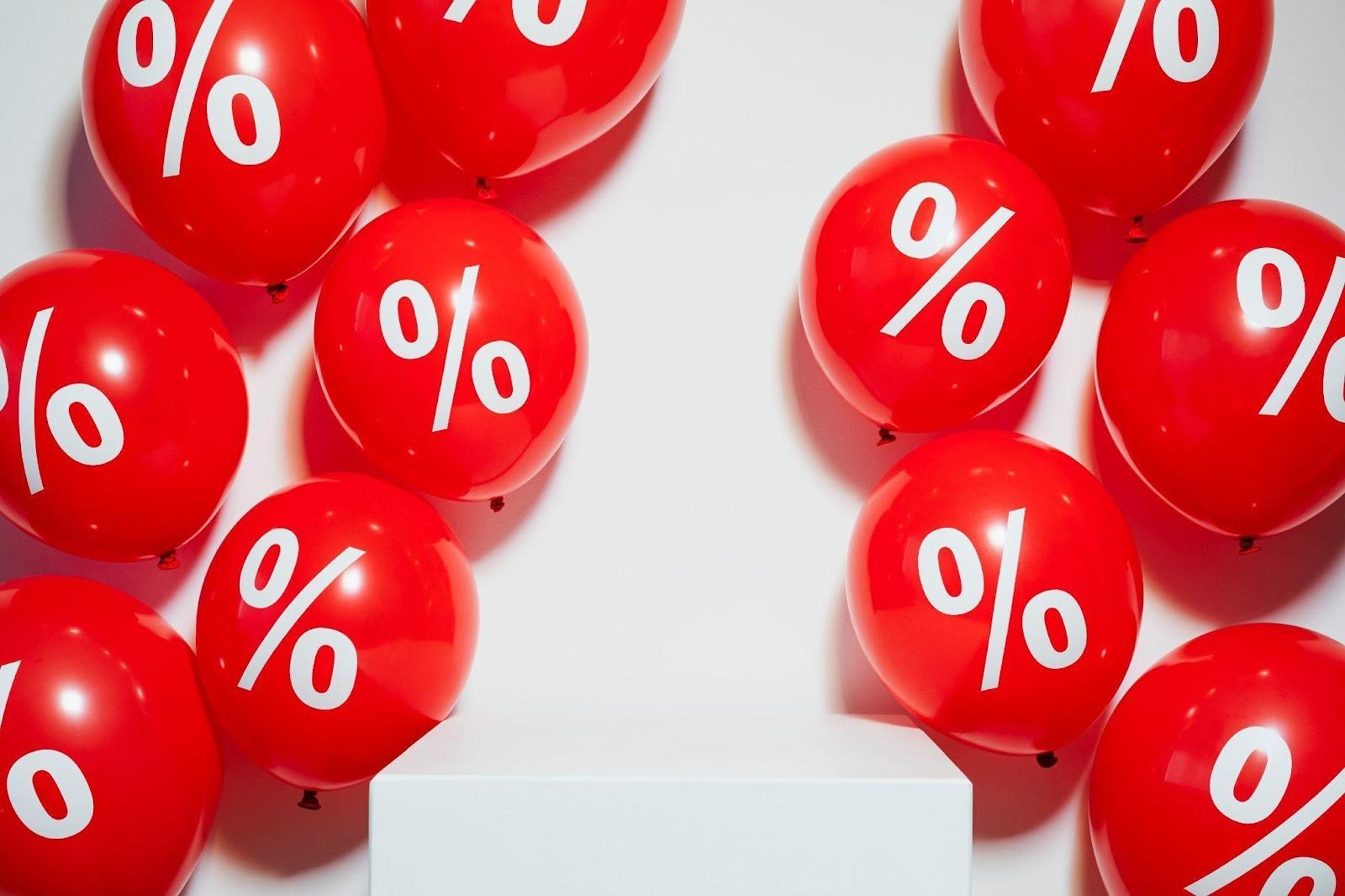Car finance with a balloon payment can help reduce your monthly costs, making car ownership more affordable. A balloon payment feature allows you to defer a portion of your loan to the end of your agreement, lowering each monthly instalment. This type of finance, often structured as a PCP (Personal Contract Purchase) loan, is popular in the UK and gives you flexibility at the end of the term: you can pay off the remaining balance, trade in the car, or return it. Understanding how balloon payments affect your finances helps you make informed choices and keep your budget manageable.
What is a balloon payment on car finance?
A balloon payment is a final lump-sum, larger payment at the end of a PCP (Personal Contract Purchase) agreement if you decide to buy the car. This feature helps keep monthly payments lower by deferring a portion of the loan to the end of the term. Most balloon payments occur at the end of the loan term, offering flexibility: you can pay it to own the car, or return the car if ownership isn’t your goal.
There are three main types of balloon payments:
- Deferred full payment: No payments until the end, where the full loan and interest are repaid.
- Interest-only payments: Monthly interest payments with the principal due as a balloon payment.
- Partial repayment: Regular payments on part of the loan, with a final balloon payment to complete the balance.
This flexibility can make car finance more manageable and allows you to keep options open as your term concludes.
How is a balloon payment calculated?
When you take out a PCP (Personal Contract Purchase) agreement, calculating your payments works a bit differently from standard loans. The lender sets a "Guaranteed Minimum Future Value" (GMFV), an estimate of the car’s value at the end of the term, based on factors like depreciation. This GMFV becomes your balloon payment if you want to own the car at the end.
For example, on a £40,000 car loan, a £10,000 balloon payment (25%) would significantly lower your monthly payments. However, you’d need to pay the remaining £10,000 as a final payment if you decide to keep the car. PCP agreements offer flexibility, and your lender can confirm your eligibility based on your credit history.
Once set, the balloon payment stays fixed, regardless of changes in the car’s value over time.
Things to keep in mind

A balloon loan usually carries a lower interest rate than a traditional loan. However, it is good to shop around for the best possible deal.
Balloon payment loans are often seen as a more affordable option because they spread the cost differently. This option is not for everyone. It only works if your income is guaranteed to rise significantly in future years.
Do I have to pay the balloon payment?
No, paying the balloon payment isn’t mandatory. When your PCP (Personal Contract Purchase) agreement reaches the final instalment, you have three options:
- Pay the balloon payment: Settle it in full to become the car's owner.
- Refinance the payment: If paying in full is challenging, you might renew finance with the same dealership or explore other refinancing options to spread the cost.
- Return the car: Hand back the car and walk away, with no further payments, as long as you’ve met all mileage and condition requirements.
What happens when the balloon payment is due?
When your balloon payment comes due on a PCP agreement, you have several options to manage it:
- Refinance the payment: You can refinance to spread the cost over a longer term, typically 5-7 years. This option requires good credit and a stable income but allows you to avoid the immediate, large payment.
- Sell the car: Selling the car can help cover the balloon payment. Keep in mind the car’s value may have depreciated, so you might receive less than the original purchase price.
- Pay the balance in full: If you’ve saved for this moment, paying the balloon payment in full lets you complete the purchase without additional financing.
Will the balloon payment ever increase or decrease later on?
No, the balloon payment remains fixed throughout your PCP agreement. Once set, this amount won’t increase or decrease, regardless of changes in the car’s market value.
If the car’s final value differs from the lender’s initial estimate, it’s not a concern as long as you’ve met the contract conditions, including mileage and maintenance.
If you decide not to buy the car, any positive equity – the difference between the car’s value and the remaining loan balance – can go toward a new PCP deal. However, you won’t receive this amount in cash.
Does interest take the balloon payment into account?

Yes, with a PCP agreement, you pay interest on both the loan amount and the balloon payment. This interest means your overall payments will be higher, so it’s essential to consider the total cost over the contract term. By calculating the full amount, including interest on the balloon payment, you can determine the best option to fit your budget and long-term plans.
What happens if my car is worth more than the balloon payment?
If your car’s value exceeds the balloon payment, you have a few options. You can trade it in or sell it to cover the final payment without additional cost. Any positive equity – the extra amount from a higher car value – can serve as a deposit for a new model. This flexibility lets you use the car’s value to benefit your next steps in car ownership.
Pros and Cons of a car loan with a balloon payment
A Personal Contract Purchase (PCP) can be a good choice if you want lower monthly payments and don’t mind a final lump sum at the end of the term. This approach lets you manage costs during the loan term, but remember that a large balloon payment is due at the end, which can add financial pressure.
Advantages
- With a balloon loan, you generally pay only interest each month, allowing for much lower payments compared to standard loans, where you gradually pay down the principal.
- Balloon loans often have a reduced interest rate, meaning you pay less overall in interest charges, making them cost-effective for some borrowers.
Disadvantages
- Too high a debt load at the end of the period.
- Overpayment of interest in the long term.
Can you pay off a balloon payment on a car early?
Yes, you can pay off a balloon payment early, also called prepayment. Here’s what to keep in mind:
- Check for fees: Review your loan agreement carefully for any fees or penalties that might apply if you settle the balloon payment early. Some lenders may charge for early repayment.
- Understand interest calculations: Know how your lender calculates interest. Some calculate based on the remaining balance, while others use the original loan amount, which could affect overall costs.
- Compare costs: Weigh the total cost of early repayment, including any penalties, against the cost of alternative finance options to determine the best choice.
- Consider tax implications: If applicable, understand any potential tax effects of paying off your loan early.
- Negotiate terms: Approach your lender to negotiate favourable terms, as prepaying can sometimes reduce your overall loan cost and may positively impact your credit score.
Prepaying a balloon payment offers flexibility, but understanding the full terms and costs helps you make an informed decision.
What happens if I can't afford the balloon payment?
If you can’t afford the balloon payment at the end of your PCP agreement, refinancing may be a helpful solution. By extending the repayment period or negotiating new terms, you could make the payment more manageable and retain ownership of the vehicle. Planning ahead is essential—speak to your lender and explore options well before the balloon payment is due to avoid unexpected financial strain.
What are the consequences of not making a balloon payment?
Failing to make a balloon payment can lead to serious consequences. If the payment isn’t made in full by the due date, the remaining balance becomes immediately payable. This may result in additional fees or penalties, and in some cases, the lender may repossess the vehicle. Missing the balloon payment can also negatively impact your credit score, making it more challenging to secure loans in the future.
It’s essential to ensure that the balloon payment aligns with your budget before agreeing to a loan with this feature to avoid potential financial strain down the line.
Is it possible to refinance the balloon payment?
Yes, refinancing the balloon payment is possible if paying it in full isn’t manageable. Refinancing through a new PCP agreement requires a new deposit and monthly payments, with another balloon payment at the end of the term. Alternatively, a Hire Purchase (HP) agreement lets you spread the remaining balance over monthly instalments, without a final balloon payment, leading to full ownership at the end. Both options provide flexibility if the Guaranteed Minimum Future Value (GMFV) seems too high to cover outright.
Can you negotiate a car balloon payment?
Yes, negotiating a car balloon payment with your lender is possible. You can explore options like extending the loan term, reducing the interest rate, or adjusting the final payment amount to better suit your budget. Being well-prepared with a clear understanding of your financial position and showing effective negotiation skills can improve your chances of reaching a favourable agreement.
Can I get car finance without a balloon payment?
Yes, you can choose car finance options that don’t require a large payment at the end of the term. Hire Purchase (HP) is a popular alternative. With HP, you pay an initial deposit and then make monthly payments until the full value of the car is covered. The term length is often flexible, either over a set period or until the loan is fully repaid. Once you reach the end of the agreement, you own the car outright, without needing to make a final balloon payment. This option provides a straightforward path to ownership without large lump sums at the end.
Should you be cautious with car finance balloon payments?
Car finance with a balloon payment can be risky if you haven’t carefully assessed your ability to afford both the monthly payments and the final balloon payment. With a PCP deal, it’s wise to evaluate your finances to ensure you can cover these costs. Making a larger deposit upfront can reduce both the monthly payments and the balloon payment.
If you plan to return the car at the end of the agreement, budgeting for the balloon payment isn’t necessary, though it’s helpful to have savings set aside for a deposit on your next car. Missing payments could lead to repossession and leave you responsible for any outstanding balance.
Final words
A car PCP loan may be convenient only for those who are guaranteed to be able to pay a significant amount at the end of the billing period. For those who have no savings and rely on their basic and regular income, such a programme is suitable only if their earnings significantly exceed the amount of monthly payment.
Table of Contents








